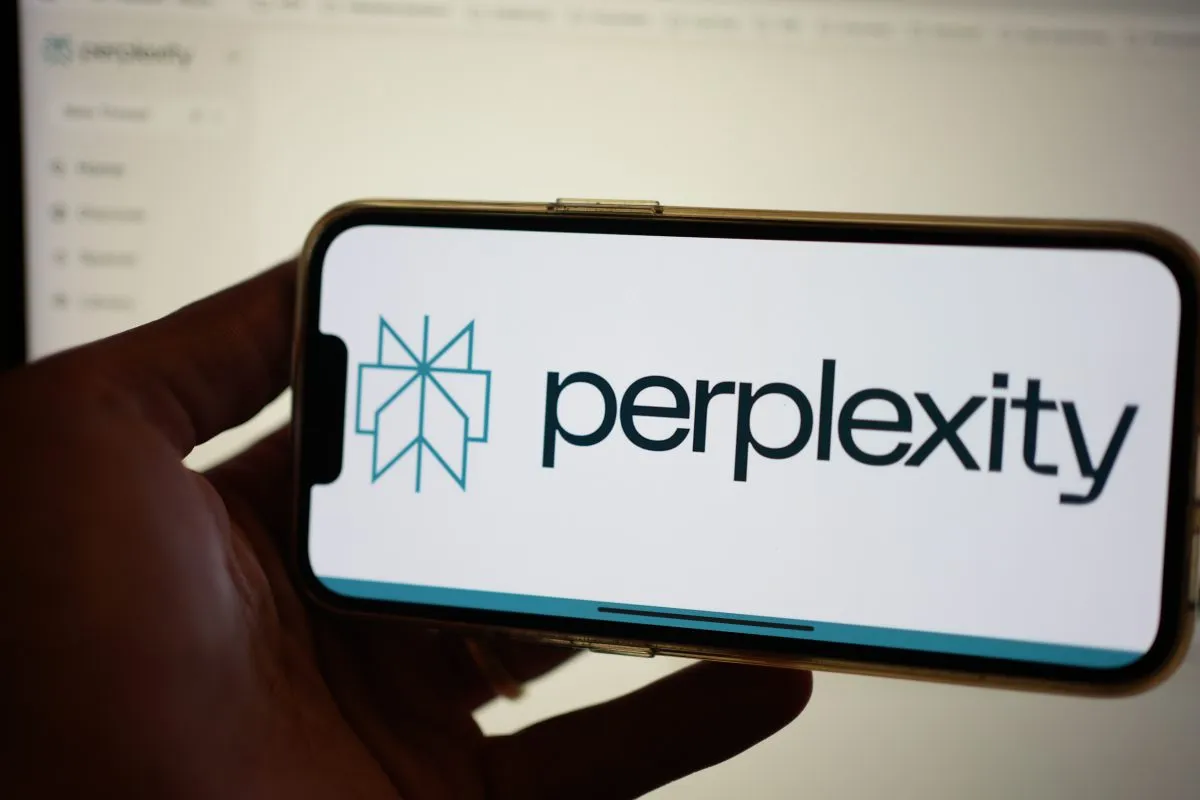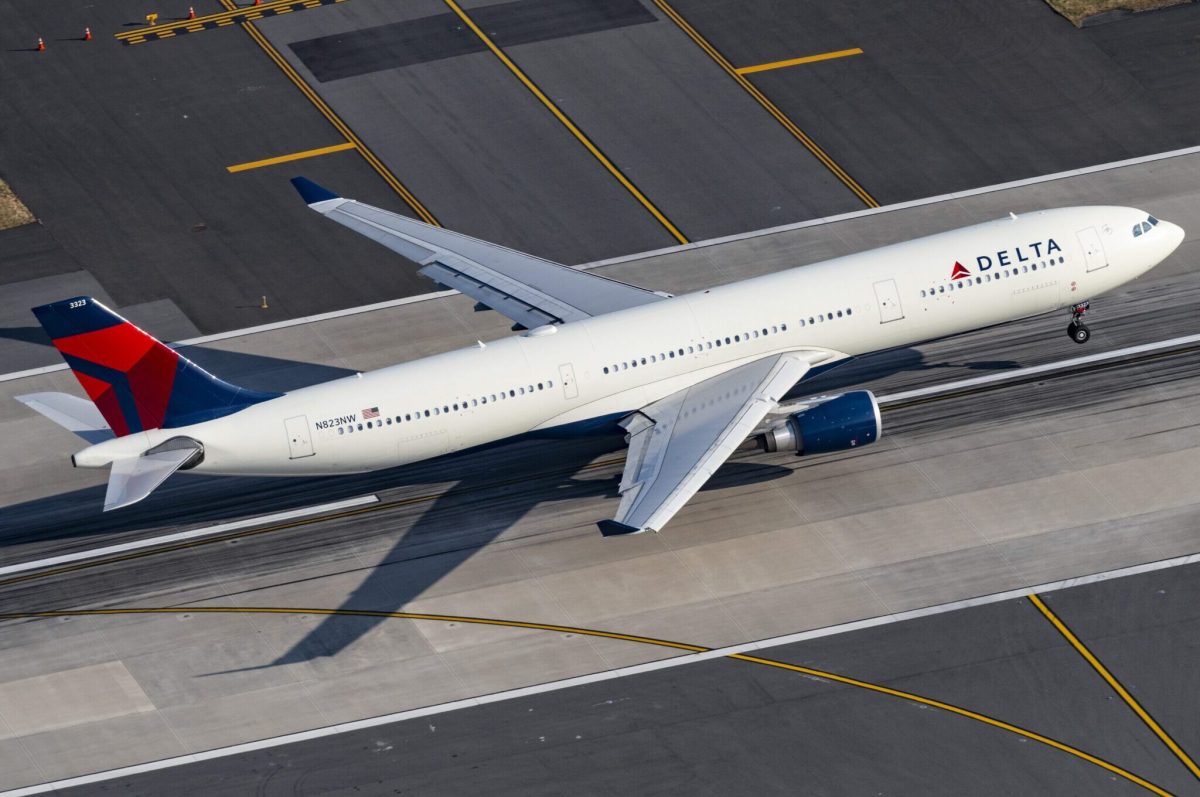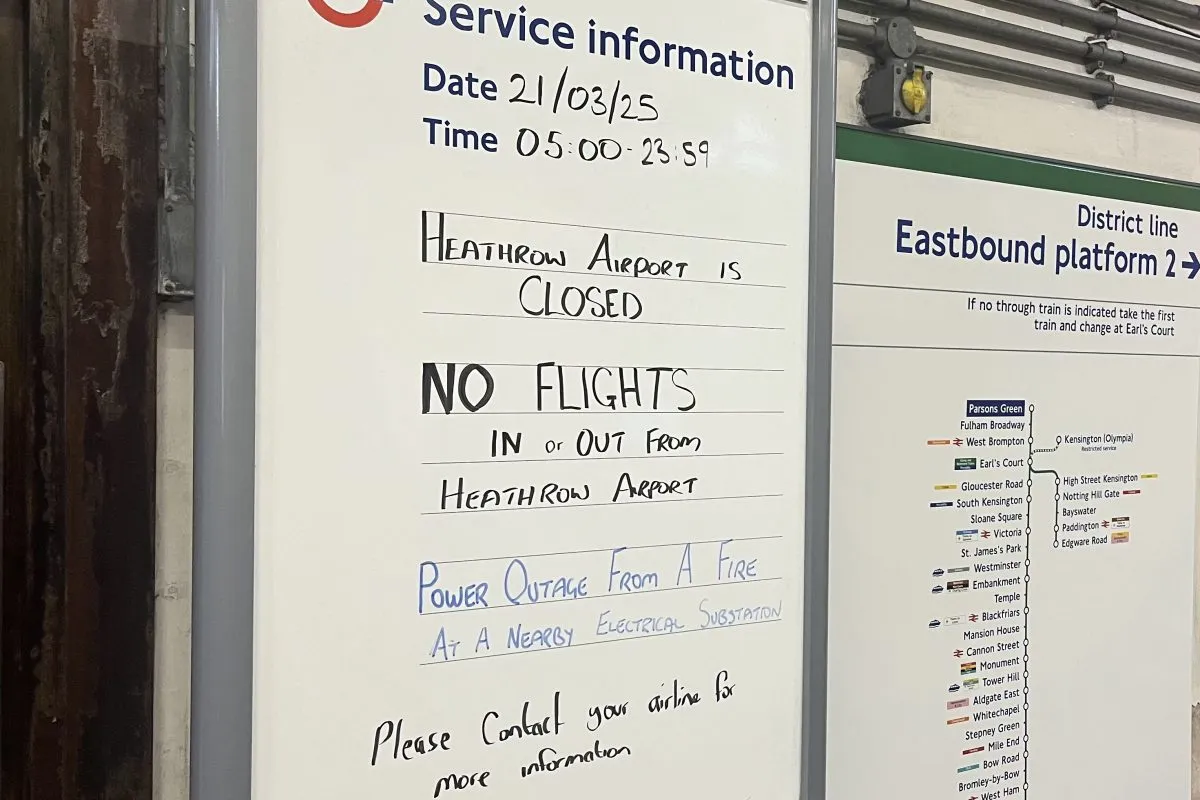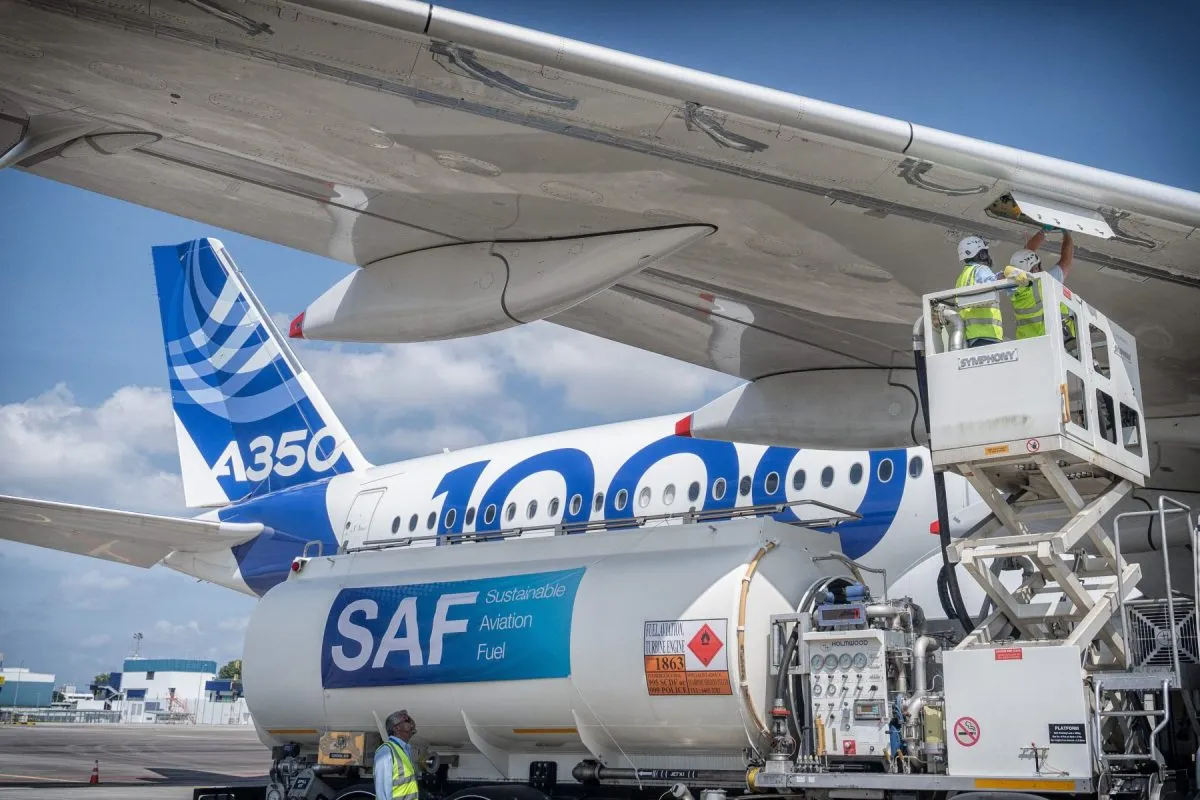Hilton CEO Sees All of the Hotel Giant's Business Returning to Previous Demand — Eventually
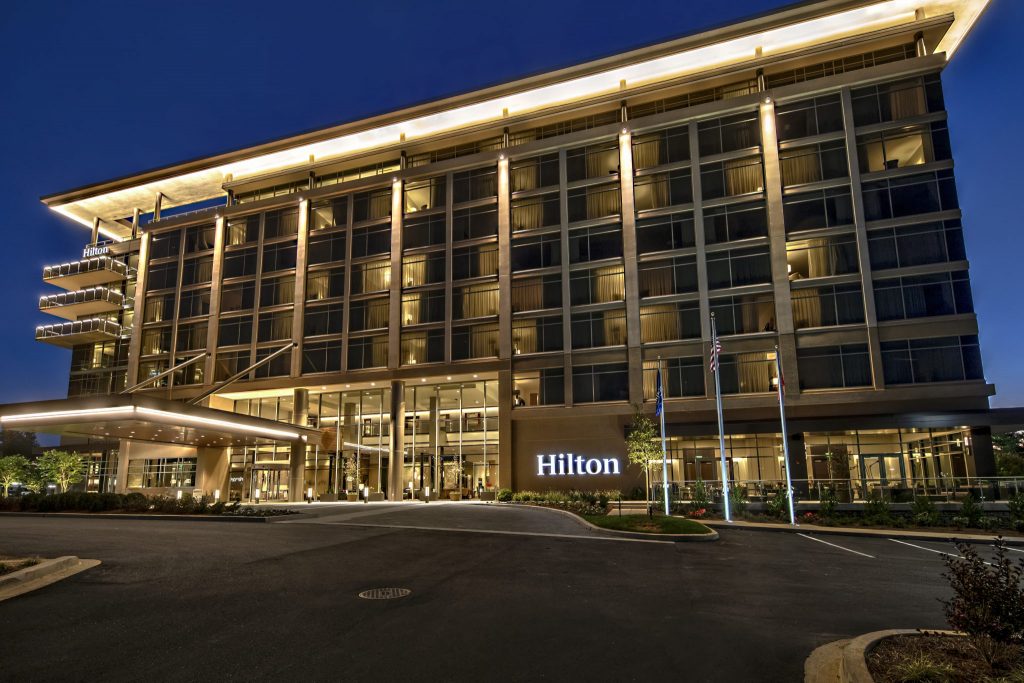
Skift Take
The coronavirus downturn in travel pummeled Hilton’s springtime business performance, but the company’s leaders are still planning to expand well beyond the pandemic.
Hilton posted a $432 million second quarter loss due to the pandemic that tanked travel demand around the world, the company reported Thursday. But the company also approved more than 18,000 new rooms for development in the same time period.
Company leaders, while recognizing the historic downturn fueled by a public health crisis, said they still anticipate future growth to reach previous levels and beyond, despite the uncertain next couple of months in the travel industry.
“In the short, intermediate-term, we’ve absolutely scrambled every jet we’ve got to figure out a weaker business transient environment,” Hilton CEO Christopher Nassetta said Thursday on an investor call. “While it will take a few years to get back, one way or another we will have similar levels of demand both for business transient and group.”
Nassetta isn’t ignoring ongoing flare-ups of the virus around the world and the continued surge of new cases across the U.S. But he also doesn’t expect the pandemic to drastically alter business lines his company relies on, namely group business and business transient travel.
“People will want to congregate and will have to meet and build relationships,” Nassetta said. “If Zoom has taught us one thing, it’s that it is hard to build a real relationship that way.”
The outlook and ongoing recovery across Hilton’s portfolio are why the company can’t afford to slow down on its development pipeline.
Business transient travel is already returning in China, where Hilton is reporting average occupancy rates of more than 60 percent. Hilton announced a partnership in June with Chinese property developer Country Garden to develop 1,000 Home2 Suites extended stay hotels in China.
U.S. average occupancy across the Hilton portfolio is around 45 percent, still driven primarily by leisure and drive-to travel. But Nassetta anticipates business transient travel will revive to some degree in the fall.
“As we look to the fall, assuming no significant disruptions, we hope to see a continuation of the modest pick-up in business transient demand which would help offset slower leisure demand post-summer,” Nassetta said. “We remain cautious given the uncertainty surrounding the virus and its overall impact, including the reopening of schools and offices.”
Hilton opened nearly 7,000 new hotel rooms systemwide in the second quarter, which Nassetta expects will be the worst impacted from the pandemic. Like other hotel companies, Hilton leaders also expect short-term growth to significantly be tied to hoteliers changing flag affiliation due to consumers craving familiarity of a big brand.
Negotiations and deals surrounding this so-called conversion activity are up 50 percent from where they were last year, Nassetta said. Much of the conversion talk has involved operators converting to Hilton’s Doubletree, Curio, and Tapestry brands.
“It will take time for development to fully recover, but we are confident we have the brands and the commercial engines to continue taking a disproportionate share of the global pipeline,” Nassetta said.
A Return to Normal
Hilton leaders have signaled the company will adapt to a new normal until medical breakthroughs and public sentiment enable the world economy to go back to some degree of pre-pandemic livelihood.
Hilton’s CleanStay program tackles heightened health and safety expectations around public spaces and guestrooms. The programs EventReady offshoot expanded the initiative to woo some level of business and event activity until a vaccine gives event planners the confidence to once again book major events.
Group travel — largely group bookings related to the crisis or small businesses looking to meet outside of an office — still accounted for 10 percent of sales volume in the second quarter, Nassetta said.
Core corporate clients and bigger group business bookings aren’t expected to return until next year, when there’s ideally more certainty in regard to virus treatments. Hilton is booking millions of dollars in new business each week — with most of that scheduled for no earlier than the second quarter of 2021, Nassetta said.
“There are so many unknowns. You get a vaccine, it changes the game on a lot of things,” he added. “You still have an economic situation to deal with, and a lot of people have been damaged that way. But I think it creates a decent amount of momentum because the fear goes away.
Realistic Outlook
Hilton’s bullish take on future growth still has to overcome a hefty downturn in business. Revenue per available room, the hotel industry’s key performance metric, was down 81 percent for the second quarter.
But cost savings generated through a variety of measures, including laying off nearly a quarter of Hilton’s corporate workforce, and nearly $3.6 billion in liquidity gives the company the ability to persist through a low-demand environment, Hilton Chief Financial Officer Kevin Jacobs said.
The company also has to grapple with the next stage of recovery, which may take longer than the initial pop of leisure travel returning.
“As I said on the last call, you’re going to see a step change from very, very low levels as you start to reopen the world where you get to 40 to 45 percent occupancy levels, and then it’s going to be a grind up,” Nassetta said. “As you get through health elements of the crisis, then you’re going to be dealing with an economic crisis.”
While he remains optimistic that more than one coronavirus vaccine will be successful and approved later this year, Nassetta — like Starwood Capital CEO Barry Sternlicht earlier this week — doesn’t think the medical breakthrough will lead to an instantaneous recovery within the hotel industry. It could be several years before Hilton and other companies get back to 2019 performance levels.
“I don’t think we should be under any illusion that, even with a vaccine, we’ll be back at ‘18 or ‘19 levels of business transient travel demand for a period of time, just because the economic impact has been significant,” Nassetta said. “It will work out over the next two or three years, but it will take time.”

